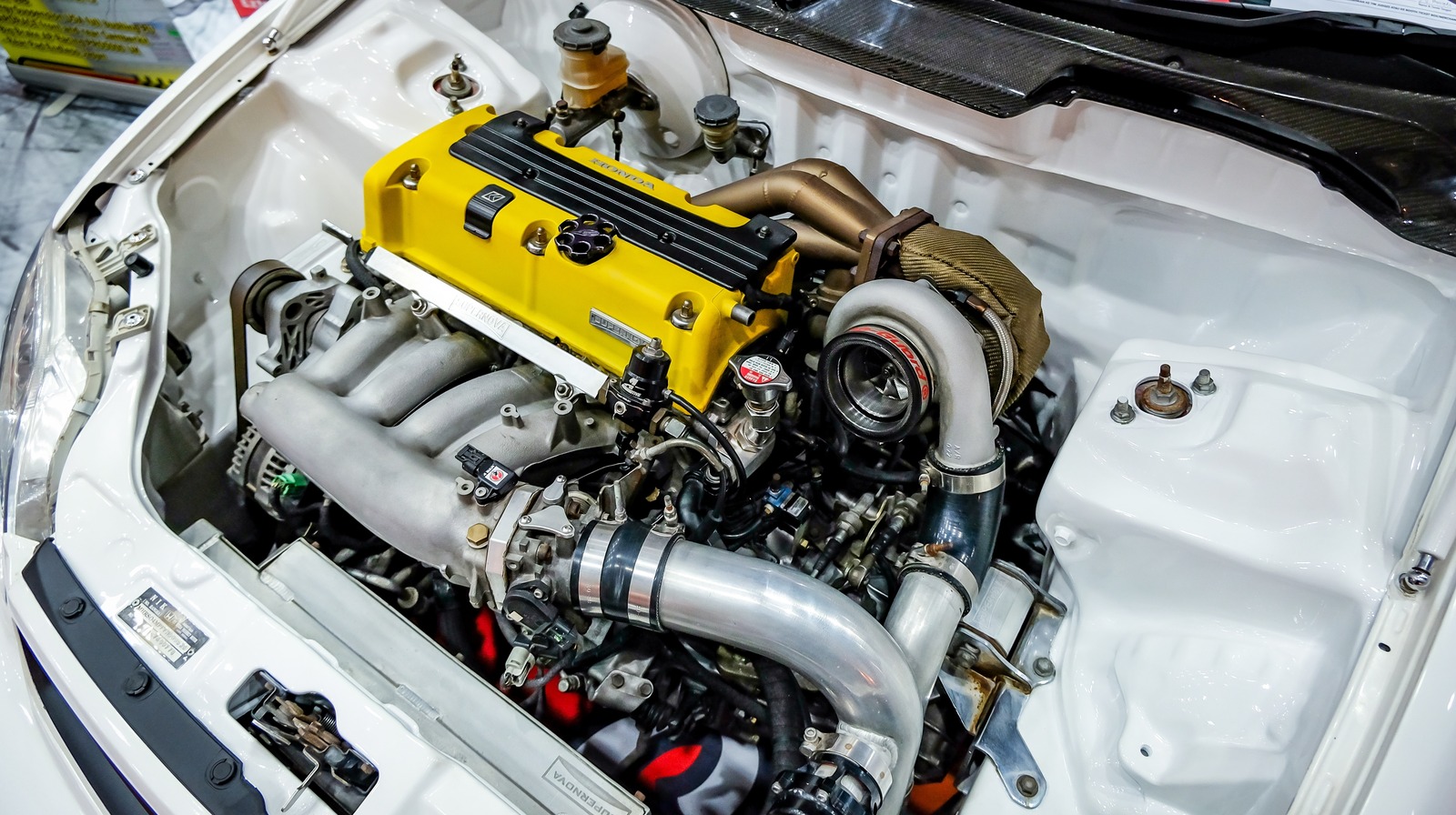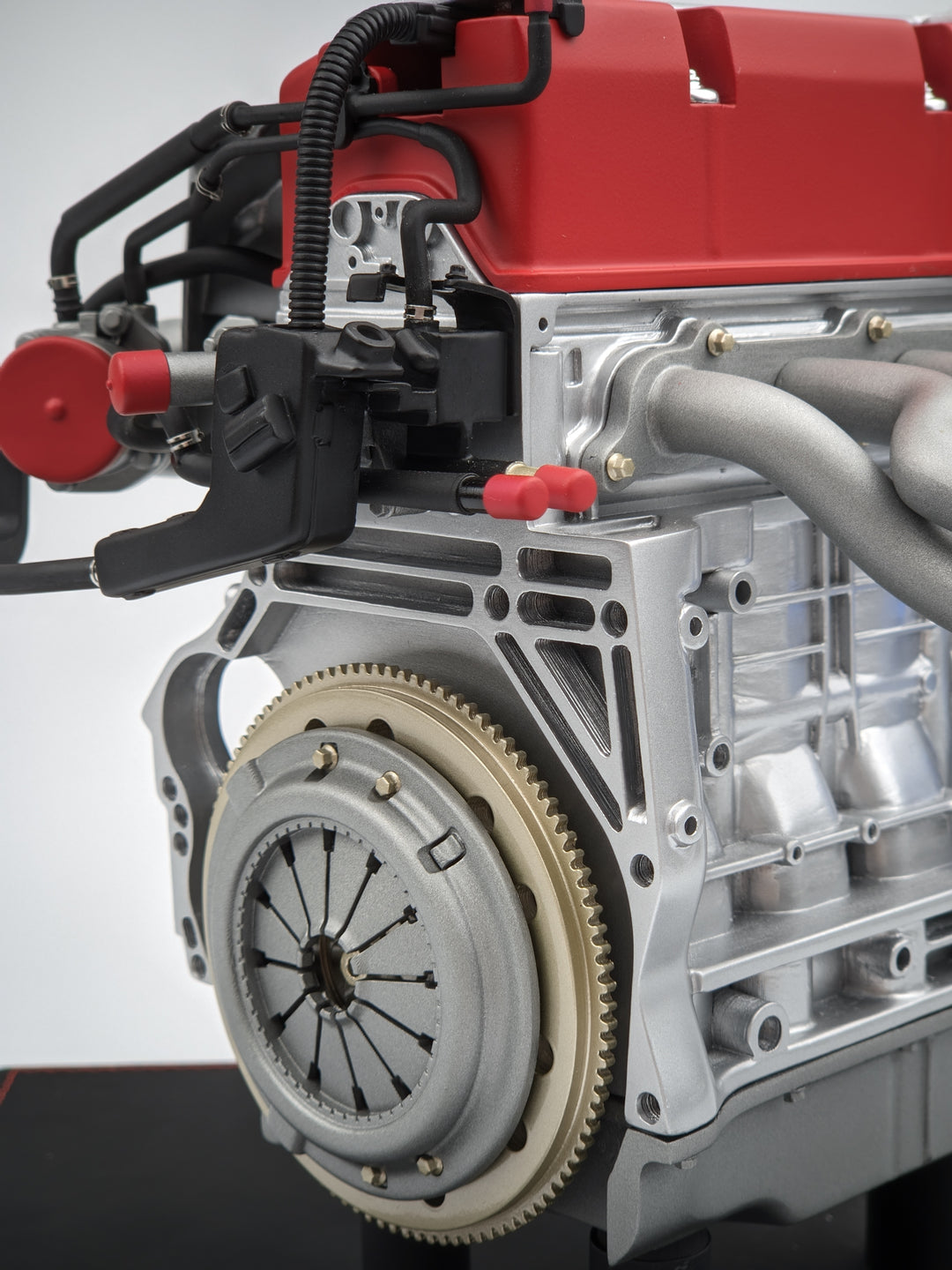Everything about the K20 Engine: Key Insights Into Its Design and Efficiency Perks
The Honda K20 engine, an amazing piece of engineering, stays a topic of intrigue among car lovers and experts alike. The special mix of its exceptional style, high-revving capability, and outstanding power result establishes it apart worldwide of vehicle engines. Nonetheless, to absolutely value its resourcefulness, one have to check out the intricate details of its building and construction and performance. Allow's start a journey to recognize the ins and outs that make the K20 engine a standout entertainer.
The Beginning and Development of the K20 Engine
The K20 engine, a marvel of auto design, traces its roots back to the turn of the centuries. Born in the hands of Honda's competent engineers, the K20 quickly came to be an icon of extraordinary efficiency and integrity. As part of the K-series engines, it was originally presented in 2001, amassing interest for its distinctive build and power output. Throughout the years, the K20 engine has actually progressed, integrating technological improvements whilst preserving its core style approach. This advancement has seen the K20 go from powering portable vehicles to being the heart of high-performance cars. In spite of the rise of more recent engines, the K20 still holds its ground, a testament to its well-conceived beginnings and continual improvement. This enduring prominence emphasizes the K20's importance in the annals of automobile background.
Comprehending the Layout of the K20 Engine
The K20 engine's distinct structure is a wonder of design that establishes it besides its counterparts. Its performance functions and specifications highlight the careful focus to information and advancement that went into its creation. The engine's cooling and lubrication systems even more show the cutting-edge strategy taken in its style.
K20 Engines One-of-a-kind Framework
While numerous engines boast impressive specifications, it is the distinct structure of the K20 engine that sets it apart. Honda, the supplier, developed this engine as part of the K-series, which are four-cylinder, four-stroke engines. The K20, particularly, includes a light weight aluminum cylinder block with a cast iron cyndrical tube lining. Its portable structure is impressive for its high-revving nature, which is supported by a double expenses camshaft (DOHC) layout. This DOHC design, combined with the VTEC system (Variable Shutoff Timing and Raise Electronic Control), guarantees reliable fuel burning and a wide powerband. Such a thought about framework is among the factors the K20 engine has acquired an online reputation for its high efficiency and dependability.
Performance Qualities and Specs
In order to truly comprehend the K20 engine's remarkable performance, one should dig right into its elaborate style and technological specifications. This innovative engine, an item of Honda's design prowess, flaunts a 2.0 L displacement, and a four-cylinder, DOHC i-VTEC arrangement. The K20 engine likewise includes a high compression ratio of 11:1, improving gas efficiency and power generation.
Cutting-edge Air Conditioning and Lubrication
Few elements of the K20 engine's layout are as important to its performance as its resourceful air conditioning and lubrication system. K20 Engine. This system, a marvel of engineering, guarantees optimum operating temperature levels, minimizing the risk of getting too hot and taking full advantage of efficiency. The K20's air conditioning system uses a thermostat-controlled water and a high-capacity radiator pump, protecting against heat accumulation also under the most laborious problems. Meanwhile, the lubrication system is similarly excellent. It includes a high-flow oil pump and a special oil strainer style to guarantee clean, unhampered oil circulation to critical engine components. This cutting-edge air conditioning and go right here lubrication configuration is a crucial aspect in the K20 engine's distinguished resilience and performance, providing vital protection versus wear and thermal damages.
The Technical Requirements of the K20 Engine
Performance Characteristics of the K20 Engine
In examining the K20 engine, one need to think about several efficiency attributes. Significantly, the power output and the design includes enhancing performance are crucial facets to check out. Similarly important is the consideration of gas performance, demonstrating the engine's financial practicality.
K20 Engine's Power Result

Design Includes Enhancing Efficiency
Despite its compact dimension, the K20 engine boasts a number of design functions that dramatically boost its performance. This engine additionally features a light-weight, die-cast aluminum block that decreases overall weight, leading to boosted automobile dynamics and velocity capacities. These design components function with each other, making the K20 a standout performer in its course.
Fuel Efficiency Considerations
Although the K20 engine is renowned for its power and efficiency, its fuel performance considerations can not be neglected. The engine's computer-controlled system also fine-tunes gas shot and ignition timing, even more enhancing fuel economic climate. The K20 engine supplies an excellent mix of performance and fuel performance, making it a choice engine for several performance and economy-minded drivers.
Common Applications and Uses of the K20 Engine

The Advantages and Drawbacks of the K20 Engine
Having actually established the K20's extensive use in different applications, it's just as important to consider its advantages and negative aspects. On the positive side, the K20 engine is lauded for its high performance and integrity. Its portable layout allows for efficient power outcome, making it a favored among cars and truck enthusiasts. Furthermore, the K20's sturdiness guarantees it can deal with requiring driving conditions with marginal maintenance. However, the engine is not without its downsides. The preliminary price of the K20 can be high, discouraging some prospective purchasers. Regardless of its longevity, when repairs are required, the customized components can be pricey. Lastly, its effective performance might lead to higher fuel usage, posing an obstacle for those seeking gas performance.
Conclusion
In final thought, Honda's K20 engine, introduced in 2001, is a marvel of automotive design. Despite some downsides, the K20 engine's benefits clearly surpass them, making it a remarkable accomplishment in the auto market.
While several engines flaunt outstanding specs, it is the one-of-a-kind structure of the K20 engine that sets it apart. Honda, the manufacturer, designed this engine as component of the K-series, which are four-cylinder, four-stroke engines.Few facets of the K20 engine's style are as important to its performance as its inventive air conditioning and lubrication system.Despite its compact size, the K20 engine flaunts several layout functions that substantially improve its performance. The K20 engine provides an excellent mix of performance and fuel efficiency, making it a choice engine for numerous performance and economy-minded drivers.